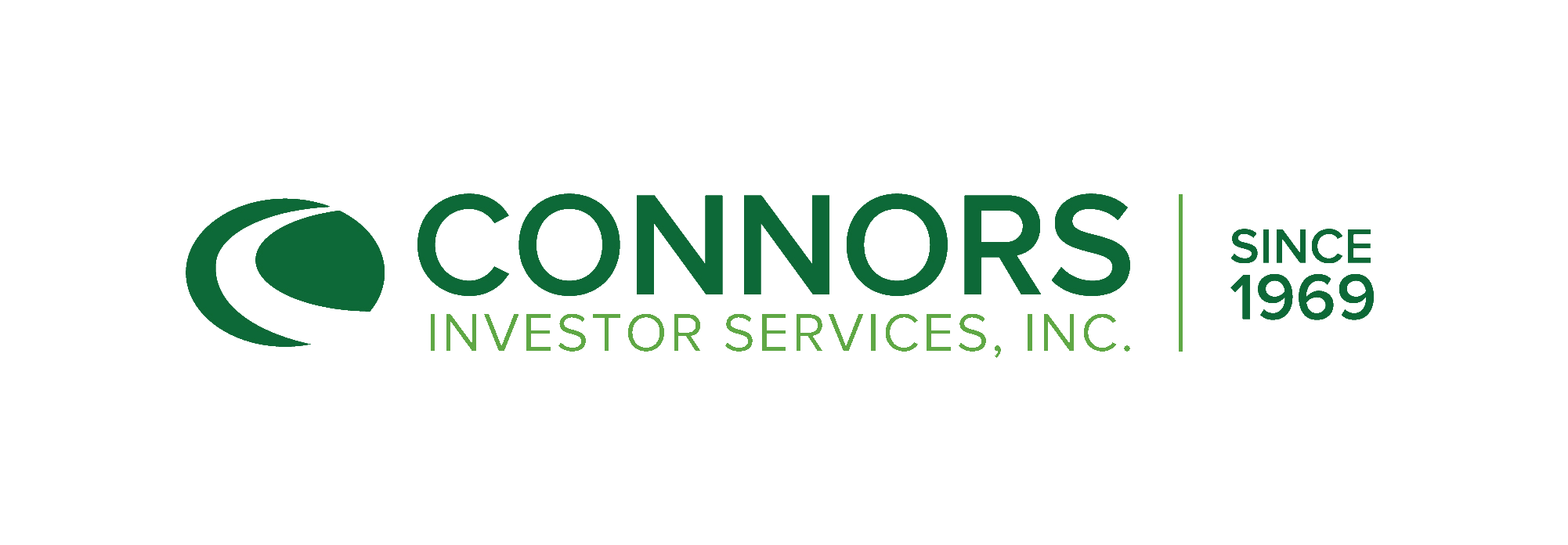Quarterly Letter - December 2021
by Peter J. Connors, CFA, on February 26, 2022
The S&P 500® Index just ended 2021 with a cumulative gain of more than 114% off the Covid-19 pandemic lows of March 2020.
An incredible result, reinforcing once again the difficulty some investors find in attempting to “time” or predict short-term significant impacts on market performance whether they come from organic economic forces or significant governmental actions.
This period was clearly helped by the forward-looking nature of markets, active fiscal and monetary policy which included rate cuts, and quantitative easing efforts. With near record cash levels on the sidelines and deferred consumption during the pandemic, we believe strong consumer demand and investment is likely in the coming years.
What’s next for the market?
We all know, there is no crystal ball, however, studies of the past can help us to make informed inferences about the future. A valuable and instructive reference is the Ibbotson Associates annual publication entitled Stocks, Bonds, Bills and Inflation, Market Results. Ibbotson gathers and analyzes a wealth of data on returns from various types of investments going back many years. It is a long-standing resource for investment professionals. In this letter, we will mention some highlights.
Relative Returns, Stocks Versus Bonds
It is common knowledge that stocks have outperformed bonds over the years, although the magnitude of the difference might surprise some especially in light of the near zero interest afforded by cash and bond instruments in recent years.
In the 96 years from 1926 to 2021, the stocks of large companies averaged a return of 10.3% and those of small companies 11.9%, versus 5.7% from long-term government bonds and 6.2% from long-term corporates. Over long periods, differentials this large can have a significant compounding impact. An investment of $100,000 will grow to $303,000 in 20 years at a 5.7% rate; to $333,000 at 6.2%; or $710,000 at 10.3%.
Bond returns have been higher than those of stocks in some periods, and have been considerably more stable in the long run. As a result, bonds have been used more for their lower risk than for their returns.
Long Holding Periods Have Assured Positive Returns from Stocks
Common stocks can provide painful results in the short-run – as evidenced by the S&P 500’s decline of 34% in 22 days in 2020 or the decline of 46% from October 2007 to March 2009. Patience through difficult times has paid off handsomely over longer periods, however. Ibbotson analyzed all of the 77 rolling twenty-year periods from 1926 through 2021 and found that large company stocks provided positive returns in every one of them, even in those which included the Great Depression, Dot-com bubble and the Financial Sub-prime Mortgage Crisis.
A corollary to the value of staying with stocks over time is the potential harm from moving in and out of the market. Occasional strong upward price bursts have been major contributors to high equity returns. Missing some of these by being out of the market can seriously hurt an investor’s results.
Implications for Our Clients
Unlike last year, the economy is now finding a more solid footing with increasing optimism of a return to societal normality, especially as Covid becomes less pandemic and more endemic in form. GDP is expanding with industrial production increases and fortunately for those that seek employment, record job availability exists. However many issues remain that will likely yield a more volatile path with moderate economic and market performance. These include continued supply-chain disruptions, geopolitical risks with China and Russia, an upsurge in demand threatening to keep inflation high across many economies, the pace of the Federal Reserve ending its quantitative easing (QE) program, how aggressively it raises interest rates and Federal Reserve indications that it will reign in liquidity.
Since our founding in 1969, we have emphasized high-quality common stocks, including those of small companies, as core investments for our clients whenever possible. Where appropriate, bonds have been used in portfolios to reduce risk and increase income, although very often, option hedging has been employed for this purpose. When markets have been weak, we have urged clients to “stay the course” and make no change to asset allocation unless investment needs have clearly changed.
Our job as investment managers is to sort through both short-term and long-term factors affecting the economy, the financial markets, and the individual equities that are buy or sell candidates. We find special comfort in the fundamentals of successful investing that have served our clients well for more than fifty-two years: active management, without excessive emotion, focusing on quality investments with multi-year time horizons. Earnings and dividend growth, free cash flow, and balance sheet strength have all been important ingredients for successful investing, particularly when combined with the power of compounding over long periods of time. While the foreseeable future may be more volatile than recent periods as the markets digest the Fed’s tightening and anticipated interest rate hikes, we believe our consistent process will navigate the full cycle.
With deep gratitude and well wishes, we celebrate the contribution and planned retirements of Lidia Zidik and Connie Boyer. Both have given nearly a quarter-century of their talents to Connors and our valued clients. For their incredible contributions and amazing friendships, we wish them all the best in their retirement.
Sincerely,

Peter J. Connors, CFA
President
Important Disclosure Information
Please remember that past performance may not be indicative of future results. Different types of investments involve varying degrees of risk, and there can be no assurance that the future performance of any specific investment, investment strategy, or product (including the investments and/or investment strategies recommended or undertaken by Connors Investor Services, Inc. [“Connors]), or any non-investment related content, made reference to directly or indirectly in this commentary will be profitable, equal any corresponding indicated historical performance level(s), be suitable for your portfolio or individual situation, or prove successful. Due to various factors, including changing market conditions and/or applicable laws, the content may no longer be reflective of current opinions or positions. Moreover, you should not assume that any discussion or information contained in this commentary serves as the receipt of, or as a substitute for, personalized investment advice from Connors. Please remember, if you are a Connors client, to contact Connors, in writing, if there are any changes in your personal/financial situation or investment objectives for the purpose of reviewing/evaluating/revising our previous recommendations and/or services, or if you would like to impose, add, or to modify any reasonable restrictions to our investment advisory services. Unless, and until, you notify us, in writing, to the contrary, we shall continue to provide services as we do currently. Also, remember to advise us if you have to been receiving account statements (at least quarterly) from the account custodian. Connors is neither a law firm, nor a certified public accounting firm, and no portion of the commentary content should be construed as legal or accounting advice. A copy of the Connors’ current written disclosure Brochure discussing our advisory services and fees continues to remain available upon request or at www.connorsinvestor.com. Historical performance results for investment indices, benchmarks, and/or categories have been provided for general informational/comparison purposes only, and generally do not reflect the deduction of transaction and/or custodial charges, the deduction of an investment management fee, nor the impact of taxes, the incurrence of which would have the effect of decreasing historical performance results. It should not be assumed that your Connors account holdings correspond directly to any comparative indices or categories. Please Also Note: (1) performance results do not reflect the impact of taxes; (2) comparative benchmarks/indices may be more or less volatile than your Connors accounts; and, (3) a description of each comparative benchmark/index is available upon request.








